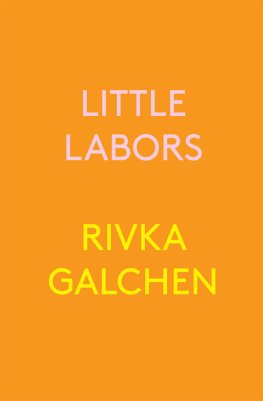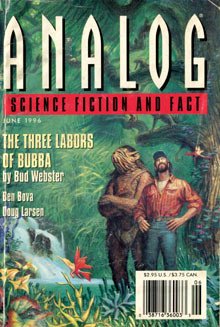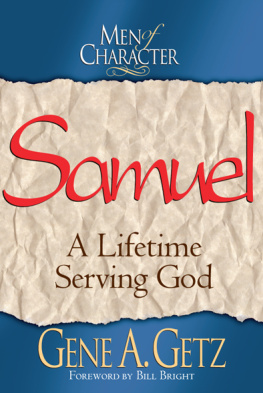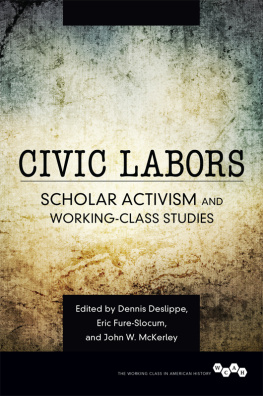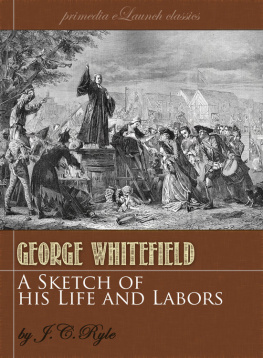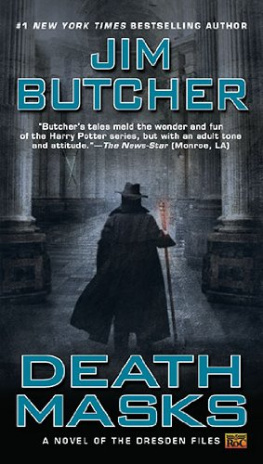Harry Van Arsdale Jr.
First published 2003 by M.E. Sharpe
Published 2015 by Routledge
2 Park Square, Milton Park, Abingdon, Oxon OX 14 4RN
711 Third Avenue, New York, NY 10017, USA
Routledge is an imprint of the Taylor & Francis Group, an informa business
Copyright 2003 Taylor & Francis. All rights reserved.
No part of this book may be reprinted or reproduced or utilised in any form or by any electronic, mechanical, or other means, now known or hereafter invented, including photocopying and recording, or in any information storage or retrieval system, without permission in writing from the publishers.
Notices
No responsibility is assumed by the publisher for any injury and/or damage to persons or property as a matter of products liability, negligence or otherwise, or from any use of operation of any methods, products, instructions or ideas contained in the material herein.
Practitioners and researchers must always rely on their own experience and knowledge in evaluating and using any information, methods, compounds, or experiments described herein. In using such information or methods they should be mindful of their own safety and the safety of others, including parties for whom they have a professional responsibility.
Product or corporate names may be trademarks or registered trademarks, and are used only for identification and explanation without intent to infringe.
Library of Congress Cataloging-in-Publication Data
Ruffini, Gene.
Harry Van Arsdale Jr. : labors champion / Gene Ruffini.
p. cm.
Includes bibliographical references and index.
ISBN 0-7656-1044-2 (alk. paper)
1. Van Arsdale, Harry, 19051986. 2. Labor unionsUnited StatesOfficials and employeesBiography. 3. Labor movementUnited StatesHistory20th century.
I. Title.
HD8073.V36 R84 2003
331.88092dc21
[B]
[B]2002075859
ISBN 13: 9780765610447 (hbk)
Contents
by Theodore W. Kheel
by Christopher Erikson
Photographs follow page 121
The Beginnings Genealogy The Van Arsdales in the Revolutionary War A New Start in New York City Family Hardships Harry Van Arsdale Jr.s Entry into Unionism The Start of a Family
Factionalism Howell Broach Arrives on the Scene Van Arsdale s Rise to Leadership His Victory over Film Theater Owners The Great Depression Gangsterism and Communism
Byzantine Politics The Spy Plot Factionalism Continues The New Deal Group and the Committee of 100 Wrongful Criminal Charges and Exoneration Van Arsdale Elected as Business Manager
The Roosevelt Administration and a New Deal for Labor Controversy Between the AFL and the CIO Local 3 as Hybrid Vertical/Horizontal Union Van Arsdale Innovations The SevenHour Day Job and Family
The 1935 Subway Strike WPA Wage Scales The Allen Bradley Case Van Ars dales Growing Stature The Growth of Local 3 The FiveDay Week, The Six-Hour Day Trip to the Soviet Union Management Pays the Employees Share of Social Security Tax
The 1939 Worlds Fair Troubles with the Media The Electrical Union World The Thurman Arnold Suit Van Arsdales Opposition to U.S. Involvement in the European Conflict The Leviton and Triangle Strikes Van Arsdale Resigns Politics Within the IBEW
Americas Entry into World War II The Suit Against Life Magazine Continuing Strife Between the AFL and CIO The Birth of the Joint Industry Board of the Electrical Industry Van Arsdale Is Forced to Leave the IBEW Executive Board Van Arsdale Takes a Leave from Local 3
Love for the Worker Electchester InterestFree Loan Funds for Apartment Purchases Annuity Plan Commitment to Education Establishment of the Labor College Establishment of the Santiago Iglesias Educational Society and Lewis Howard Latimer Progressive Association Opening Up Local 3 for Minority Participation
Van Arsdales Widening Influence Citywide Mediator and Troubleshooter Establishment of the New York City Central Labor Council The Hospital Workers Strike Van Arsdale s Relationship with Nelson Rockefeller Enlargement of Labors Role in the City and State
Labors Show of Strength and Revival of Labor Day Parades Formation of the United Federation of Teachers and the Brotherhood Party The Renewed Fight for a Shorter Workweek and Workday
Activism in the International Arena The 1963 Newspaper Strike The CLCs Role in Other Disputes Civil Rights Honors Aid to the Handicapped
The Taxi Drivers Union Lindsay and Rockefeller The 1966 Transit Strike The CondonWadlin Act Workmens Compensation Law Growing Power of the Public Unions
Van Arsdale Resigns as Local 3 Business Manager Devotion to CLC and Growing Relationships with the New York City Business and Financial Communities The Sanitationmen s Strike The Ocean HillBrownsville Schools Strike The United Farm Workers Van Arsdale Becomes Treasurer of the IBEW
Mayor Edward Koch The Transit Strike Help in Election of Mario Cuomo Ronald Reagan and the Air Traffic Controllers Endorsement of a Stronger Role for Women in Labor The Moral Rearmament Movement The Battle Against Cancer Death and Euologies
by Hy Greenblatt
Simply to say that Harry was a labor leader is to overlook this remarkable mans wide interests.
His business card simply identified Harry as the business manager of Local 3 of the International Brotherhood of Electrical Workers, a major affiliate of the AFL-CIO. But Harry saw his role as the leader of Local 3s 30,000 members extending far beyond the statutory duty of unions to represent their members on wages, hours, and working conditions. Harrys concern included the total existence of their lives, their families, their housing, health, education, and retirement.
It also included the well-being of their employers. As a practical realist, Harry knew that the contractors could not provide the benefits he wanted Local 3s members to receive if they could not afford them. No wonder they responded generously to the demands he made of them.
Harry was also concerned about New York, the city in which his unions members lived. Every day, his secretary would give him a typewritten list of his appointments. They began at about 7 A.M. and continued well into the night on such matters as the way the city was being managed, the affairs of the many charitable organizations he supported, and the problems of unions affiliated with New Yorks Central Labor Council for which Harry was serving as president.
Harry introduced me to Bert Powers when his union was striking New Yorks newspapers. Together we spent days and nights assisting in the resolution of that 114-day strike. When President Kennedy denounced Powers in a nationally publicized press conference, Bert turned to Harry for advice, and, as a result, wisely responded by simply saying that he did not believe the president had been adequately informed.
Harrys interests extended far beyond the boundaries of our city. I was with him in London where he spoke about the four-hour day with British labor leaders who had yet to achieve the forty-hour week. But little did they know that this unusual proposal he had on the bargaining table with the electrical contractors in New York was part of his well-conceived plan to open the door to a major infusion of minority workers into the ranks of Local 3.
In Rome we hosted a dinner for Father Arupi, the leader of the Society of Jesus, with whom Harry participated in an extended discussion of race relations. Harry was equally at ease in our meeting with Israels Prime Minister Golda Meir in Jerusalem.



